Brandeis University Admissions
Cool Classes for Curious Minds
At Brandeis, you can take amazing courses that combine inquiry and imagination.
We connect undergraduates, faculty and graduate students through mentorship and collaboration in and beyond the classroom. The result? Inspired learning — and teaching.
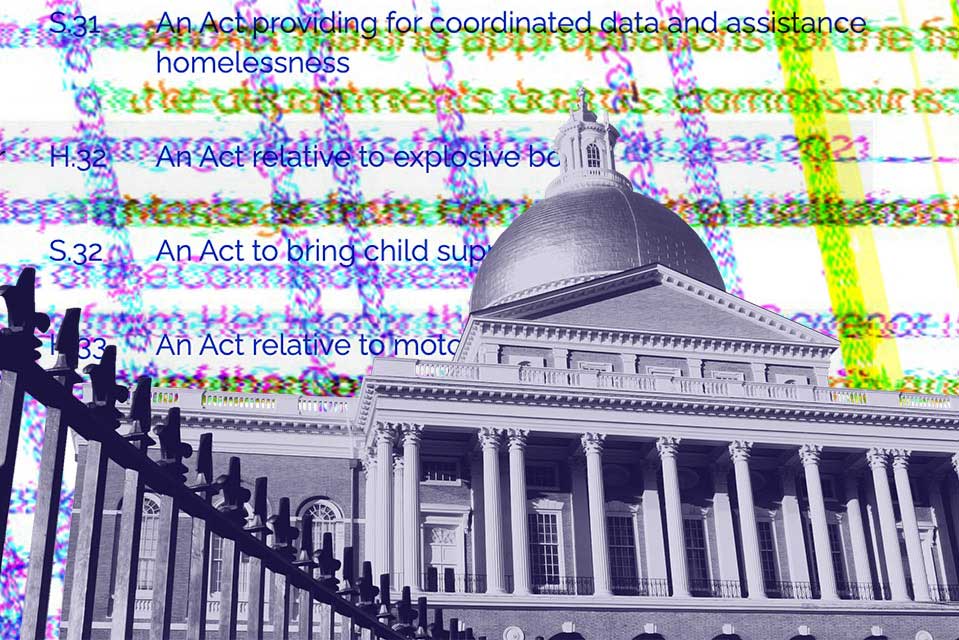
Advocacy for Policy Change
This class is all about hands-on, get-it-done political advocacy.
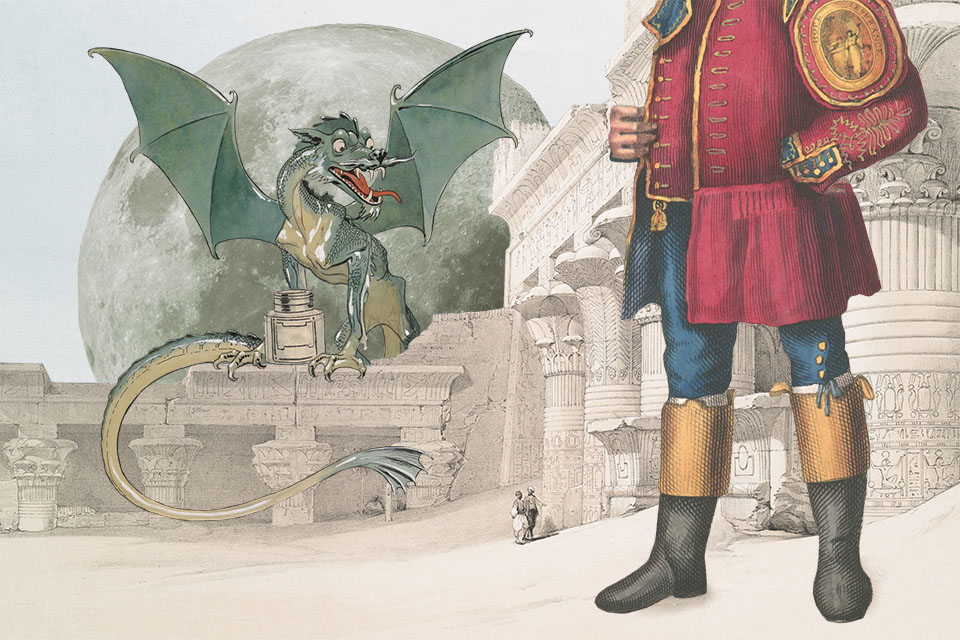
Fantasy Worlds
In this class about fantasy, there's an entire unit on Dungeons and Dragons.
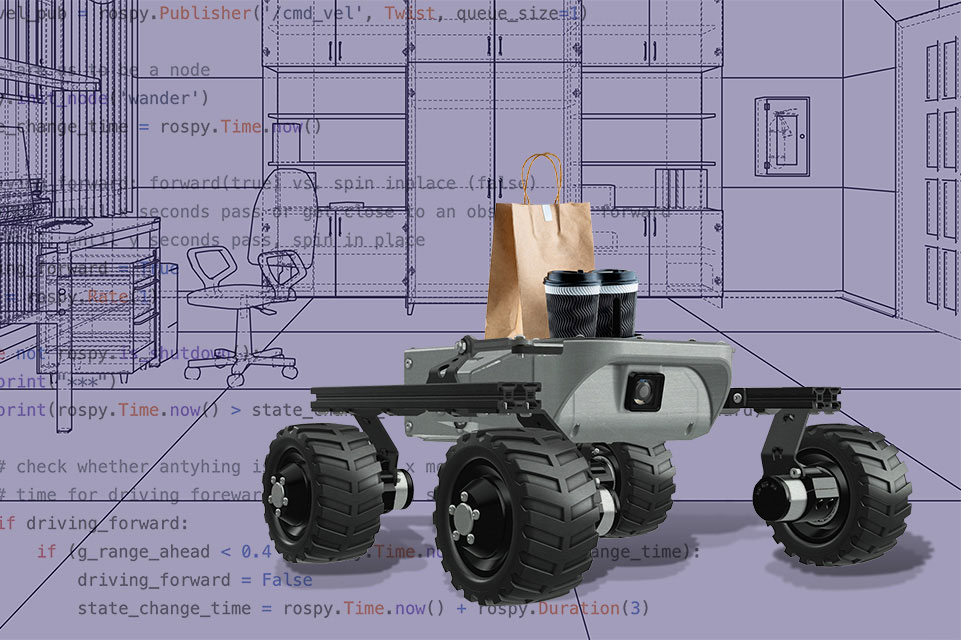
Autonomous Robotics
In this class, students work on building a robot to deliver packages across campus.
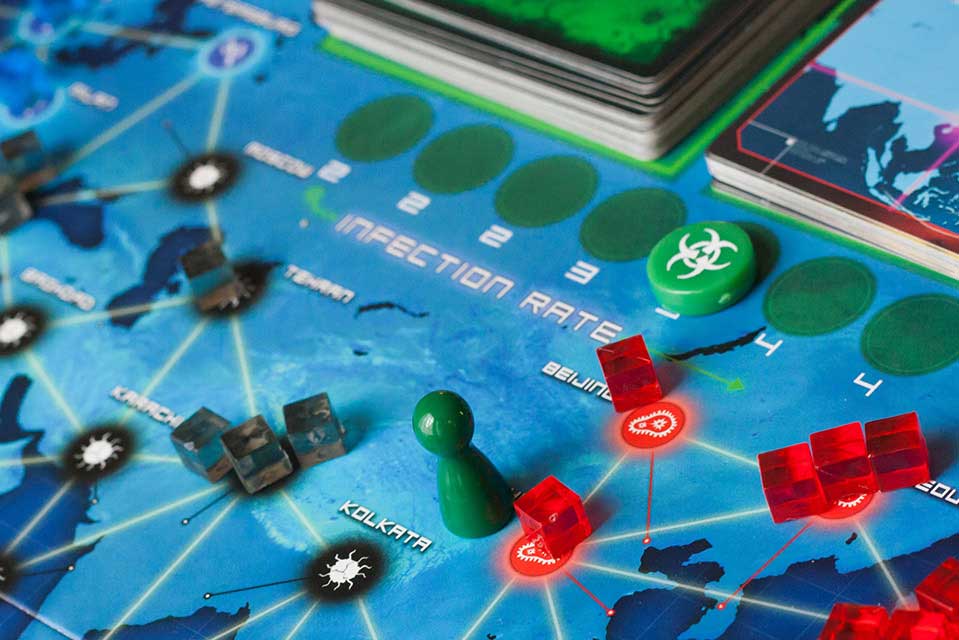
Global Pandemics
In this class, students strategize to combat the 14th century's bubonic plague all the way to COVID-19.

Virus Hunter Lab
In this class, students discovered two new strains of bacteriophages.
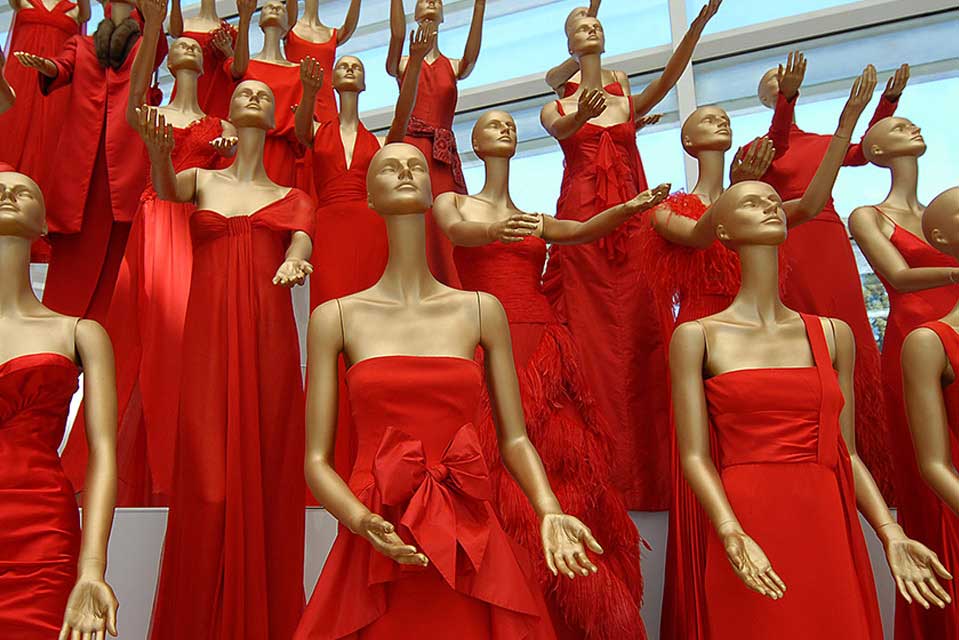
The Social Fabric
In this class, students analyze the effects of race, class and gender on clothing design.
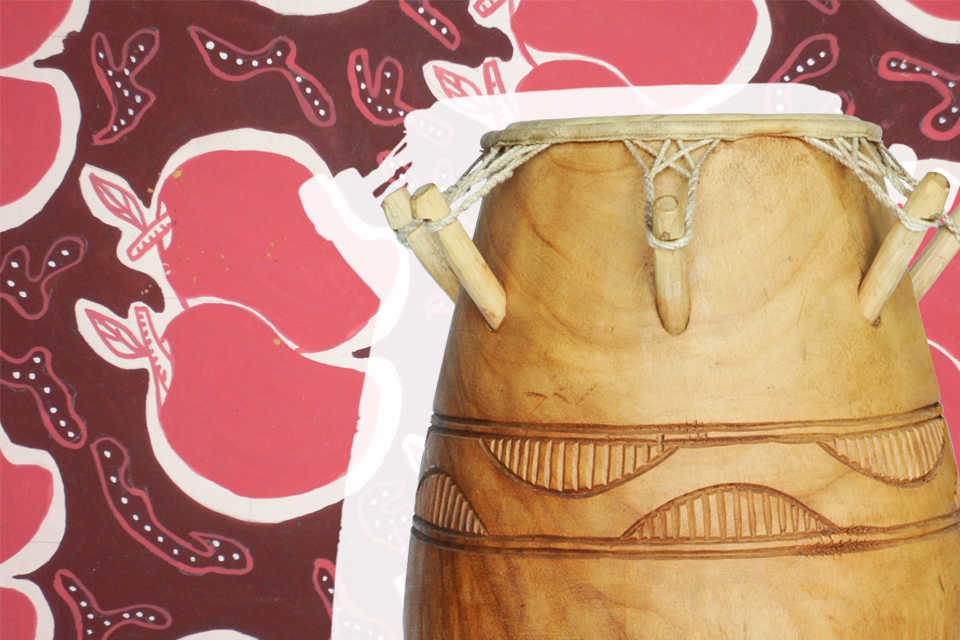
Music and Dance From Ghana
In this hands-on class, students study and perform the music, song and dance of Ghana.
Advocacy for Policy Change
 The class is all about hands-on, get-it-done political advocacy.
The class is all about hands-on, get-it-done political advocacy.
At the start of the semester, the class breaks up into small groups of students that select a bill before the Massachusetts state legislature and then devise a plan to either support or oppose it.
Each group interviews people impacted by the proposed law, meets with relevant community organizations, writes Op-Eds, develops a 30-second elevator pitch for government officials and then meets face-to-face with legislators and legislative aides. They also keep a journal of all their activities and conversations.
In previous years, students have pushed for bills granting undocumented students greater access to higher education, creating a homeless bill of rights and improving sex ed in schools.
"It takes a number of organizations to pass a bill but students definitely play a role," says legal studies professor Melissa Stimell.
The course ends with a public forum in which students discuss and debate the issues they've worked on throughout the semester.Advocacy for Policy Change was designed by Stimell and her students in 2009. Since then, it has expanded to a network of courses offered at universities beyond Brandeis, fueling student legislative action around the country.
Fantasy Worlds: From Lilliput and Middle Earth to LARPs

Imagine a class where you read an Ursula Le Guin Earthsea novel, watch a "Lord of the Rings" movie and create your own role-playing game.
If this sounds like your fantasy class, maybe it's because it's a real course on fantasy.
English professor John Plotz starts the semester with a novel from Ancient Greece about an outer space battle between the kings of the sun and moon and a voyage to an island of cheese. The class then moves on to the epic "Gilgamesh," "Hansel and Gretel" and stories by Mark Twain, Franz Kafka and Oscar Wilde. It ends with contemporary writers such as Gabriel García Márquez and the Afrofuturist N. K. Jemisin.
And there's an entire unit on Dungeons and Dragons.
One class assignment asks students to design their own fantasy world, tabletop or app-based or create a LARP for others to play.
"I want my students to take the energy and passion they have for fantasy and world-building and see how taking a scholarly approach can make you appreciate and love them even more," Plotz says. "There's a genealogy and history to these works that's really fascinating.
Autonomous Robotics
 Four years ago, computer science professor Pito Salas ’76 hatched the idea for a class in which students would build a robot that could deliver packages across the entire Brandeis campus.
Four years ago, computer science professor Pito Salas ’76 hatched the idea for a class in which students would build a robot that could deliver packages across the entire Brandeis campus.
The "Campus Rover" would be able to navigate hallways, ride elevators, find offices, take commands and drop mail in the right baskets.
The only problem was it couldn't be done quickly — and certainly not in a semester. Though robots have come a long way in the last few decades, they're still not advanced enough to handle the demands of a college campus.
So instead of trying to build an entire "Campus Rover" in a semester, each class tries to solve a different technical robotics problem and then hands the baton to the following year's students.
Salas, a software developer, says he wanted his class to combine programming with applied engineering.
The software for the rover is written in Python and runs on the Robot Operating System (ROS), the same framework used at major robotics firms. It takes voice commands using Amazon's Alexa protocol. Much of its hardware is based on TurtleBot, an open-source robot kit. The course has used a variety of small mobile robots such as mBots, TurtleBots and the GoPiGo3.
Students in the class record their progress in an online notebook to be read by their successors. Even though the semester doesn't end with a completed product, the students find accomplishment in being part of such an ambitious project.
"This project was a strong lesson in the risks of attempting a large project in a short time span that combines two complex fields within computer science (Robotics and Machine Learning)," a student in Salas' class last year wrote in the online notebook. "It was quite humbling to be very ambitious with our project goals and fall short of many of the 'exciting' parts of the project."
Global Pandemics: History, Society and Policy
 Image Credit: Derek Bruff/Flickr
Image Credit: Derek Bruff/Flickr
Several years ago, a student approached anthropologist Elanah Uretsky and asked if she'd consider using a board game to teach her class on global pandemics.
The game, sold at stores and online, was called Pandemic. It requires players to collaborate on a strategy to combat infections spreading across the globe through such measures as conducting research or providing medical treatment.
Uretsky decided to go for it. "I want the classes I teach to be fun," she says.
Students play Pandemic and then compare their strategy and moves with those of countries and governments in the past. The course starts with the 14th century's bubonic plague and ends with COVID-19.
Uretsky is especially interested in the way plagues expose divisions in society and stigmatize already marginalized groups. She has also updated the curriculum to explore such questions as why America was so unprepared for COVID-19 and whether the rift in U.S.-China relations made the pandemic worse.
The final class assignment is "Pandemic in Real Life!" Students analyze what it took to win the board game and then assess what else would be necessary to respond to a global pandemic.
Virus Hunter Lab
 Image Credit: Original photographs by David Gregory and Debbie Marshall / Wellcome Collection
Image Credit: Original photographs by David Gregory and Debbie Marshall / Wellcome Collection
It's not every science class where you and your classmates wind up as authors on an article published in an academic journal. But that's what happened last year after students in the class discovered two new strains of bacteriophages, a type of virus that infects bacteria.
Every summer, the professors who lead the class, biologists Michael Marr and Susan Lovett, travel to the salt marshes in Cape Cod where the brackish, muddy waters are full of bacteriophages.
Marr and Lovett bring a sample of the marsh water and sediment back to the lab where the students add it to petri plates full of bacteria. Bacteriophages reveal themselves as killing zones on the plates.
Once found, the bacteriophages are purified and amplified. Their DNA is then broken into millions of random pieces and each snippet of DNA is sequenced individually.
The second half of the course focuses on bioinformatics.
The snippets of the bacteriophage's genetic code are combined by identifying overlapping identical sequences in each piece and assembling them into one long continuous string. By identifying coding regions in this string and comparing it with those stored on several national databases, the students are able to identify the genes in the virus.
The entire procedure is similar to methods used in biotech and medicine to identify new viruses and strains that affect human health. Scientists also took a similar approach to sequencing SARS-CoV-2, the virus that causes COVID-19.
It's not entirely surprising that the students were able to identify new strains of bacteriophages. It is estimated that there are more than 1 quintillion of them on the planet, most still undiscovered. But researchers still want to find as many as they can. You never know when a small discovery will lead to a major advance down the road.
The paper appeared in Microbiology Resource Announcements in early November 2020.
The Social Fabric: An Anthropology of Fashion
 Fashion is where the personal meets the political, economic, cultural and environmental.
Fashion is where the personal meets the political, economic, cultural and environmental.
The seemingly simple question — what will I wear today? — is influenced by powerful forces operating across the globe.
This class explores those forces.
Students discuss labor conditions in developing countries where clothes are made. They explore how clothes thrown away by Americans wind up in Africa and Asia, influencing culture, politics and the economy.
The class analyzes the effects of race, class and gender on clothing design and debate over the cultural appropriation of Indigenous peoples' fashions by white consumers.
One assignment asks students to analyze how a high-profile fashion influencer on social media influences taste and markets products.
"Fashion is a lot more complex than what we imagine," says anthropologist and course instructor Patricia Alvarez Astacio. "Every piece of clothing you put on has a kind of cultural meaning that lets someone else read who you are."
Music and Dance from Ghana
 Image Credit: One Village Initiative/Flickr
Image Credit: One Village Initiative/Flickr
On the first day of class, you find your drum. All wooden, with goatskin stretched across the top, they range from a high-pitched kagan to a barrel-shaped sogo, played with handmade drumsticks. There are other percussive instruments, too, such as an axatse, a dried gourd that sounds like a rattle.
In Ghana, these drums are played by the Ewe people. Lecturer in music Benjamin Paulding first visited Ghana in college and fell in love with the music. "It was just the most complicated music rhythmically I'd ever heard," he says. A drummer himself, he plays in a Boston band called Kotoko Brass with several local Ghanaian musicians.
Drumming in Ghana is done in groups and uses call and response. The music is intimately connected with history and culture, and is most often played at funerals, weddings, religious ceremonies, and festivals at the royal palace.
The class starts with the basics, but by the end, the students can play a complete work. The collaborative aspect of the music is paramount. "You often find that the most challenging aspect is not your own part, but how your part fits with the other parts," Paulding says.
Musical motifs in Ewe music correspond to dance movements, so Paulding brings in a local Ghanian artist to teach these, too. At the end of the semester, the class performs at a concert in traditional Ghanaian costumes. Ghanaian musicians and dancers from around New England come and do their own performances.
There are no lectures or lengthy assigned readings in the class. It's all hands-on.
Paulding says his students do more than gain a deeper understanding of Ghanaian culture and tradition — they forge lasting bonds with each other. "I always say this music is about getting to know each other by working together,” he says. “A lot of friendships are built and fostered."

